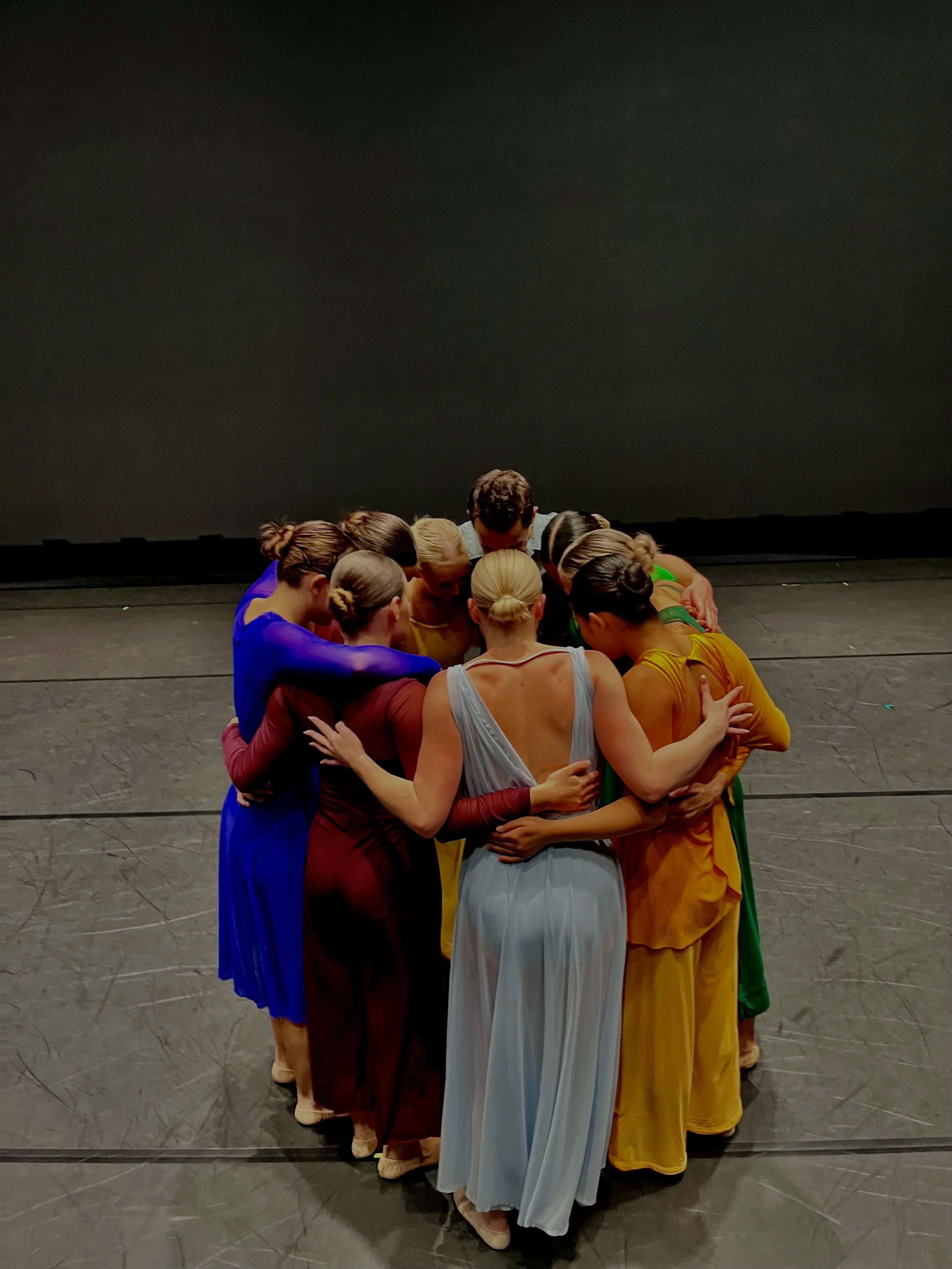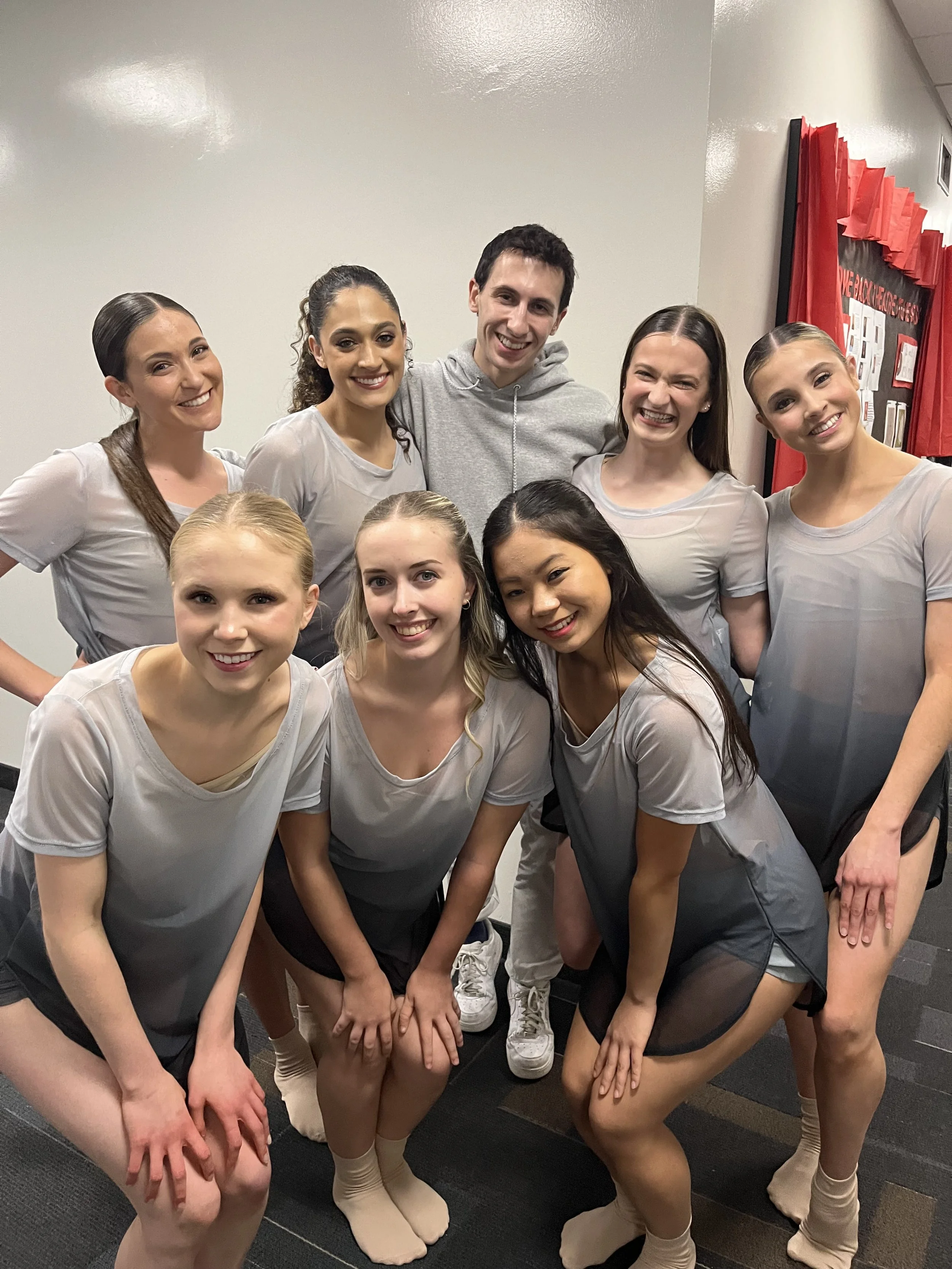Teaching Philosophy
My goal is to create a learning environment that nurtures the development of technical skills and the exploration of dance as a deeply personal and meaningful art form. Drawing inspiration from my experiences as a dancer and person, I work to guide my students toward a profound understanding of movement—one that encompasses history, anatomy and the unique experiences embedded in each dancer's journey. When teaching, I adopt an array of methods to engage students at multiple cognitive levels, not only explaining the physical mechanics of movement but also delving into the history of dance, exploring its evolution and cultural significance.
In my teaching philosophy, inclusivity and equity are paramount. Exposure to a wide range of classroom and professional environments has sensitized me to the varying backgrounds, experiences, and perspectives that dancers bring to a studio. As a teacher, I actively strive to create an inclusive space where every student feels seen, heard and valued. Acknowledging the differing needs of individuals, be they ectomorphs or endomorphs, is crucial in promoting a culture of acceptance and diversity within the dance community. I genuinely believe that classrooms can stay productive and competitive while also still maintaining a culture that accommodates the diverse needs of students, all the while celebrating them for who they are. At a fundamental level, teaching is simply nurturing seeds of creativity with the information they need to grow.
Through my studies in social services at Chapman University, I recognize the importance of accommodating the diverse needs of dancers across different age groups. Adult learners bring a wealth of life experiences, motivations, and learning styles to the classroom, which must be considered in instructional design and delivery. When working with adult dancers in an open class setting, I employ principles such as self-directed learning and active participation in the learning process. Recognizing that adult learners often have specific goals and interests, I tailor my teaching approach to empower them to take ownership over their work. For example, I provide opportunities for self-reflection and goal-setting, allowing adult dancers to align their dance practice with their personal aspirations. I’ve found that by incorporating these principles into my teaching philosophy, my classes become a supportive and empowering learning environment that enables dancers of all ages to thrive and reach their full potential.
As an instructor, I aim to provide a platform for students to explore all the world of dance has to offer them, whether it be history, anatomy, or personal exploration. This language of movement knows no barriers. My #1 priority is making sure my students are in an environment where they feel safe so that they can resonate emotionally with their practice. Through these deeper exercises, I strive to guide dancers toward understanding themselves and how they can leave a lasting impact on the world.
Teaching Credits
Project Dance and Tumbling, Herrimian, UT
Gravity Dance Center, Salt Lake City, UT
Millenium Dance Complex, Orange County, CA
Huntington Academy of Dance, Huntington Beach, CA
Bodyvox Dance Center, Portland, Oregon
Chapman Dance Alliance, Orange, CA
Contemporary Fusion at Millennium Dance Orange County
Contemporary at Claire Trevor School of the Arts, UC Irvine
Lyrical at Millennium Dance Orange County
Lyrical at Sandi Simon Center for Dance, Chapman University


